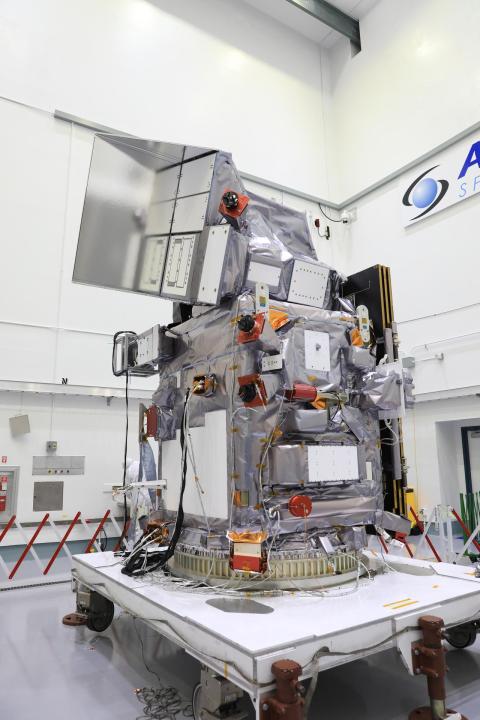Although NASA is most often associated with sending missions out to observe space, the agency also has a large number of space missions that turn the other way to observe Earth. The newest mission to observe Earth’s atmosphere and oceans, and to provide insight into how these interact with the changing climate, is set for launch early Eastern time on Tuesday, February 6 .
If you’d like to watch the launch of this new satellite, then NASA will be live-streaming the launch. We’ve got details on how to watch below.
What to expect from the launch

The PACE (Plankton, Aerosol, Cloud, ocean Ecosystem) spacecraft will launch from Space Launch Complex 40 at Cape Canaveral Space Force Station in Florida, and be carried by a SpaceX Falcon 9 rocket. The spacecraft will enter an orbit around Earth that always keeps the same position relative to the sun and is called a sun-synchronous orbit.
“An Earth-observing satellite generally wants the sun well overhead during observations,” explained Scott Patano, flight dynamics system development lead for PACE at NASA’s Goddard Space Flight Center, in a statement. This orbit ensures that the measurements taken by the satellite will be consistent, as the sun will be in the same position for each measurement the satellite takes of Earth.
This orbit is also the reason for the late-night launch. By launching after midnight from Florida, the satellite can directly enter its final orbit, where it will cross the equator for the first time close to India at 1 p.m. local time.
That means it’s necessary to launch at a very particular time, but the weather only has a 40% chance of being favorable for a early Tuesday launch. However, if the weather prevents a launch at that time, then launching at the same time early on Wednesday is also possible.
How to watch the launch
The launch is scheduled for 1:33 a.m. ET on Tuesday, February 6 (10:33 p.m. PT on Monday, February 5). Coverage begins at 12:45 a.m. ET (9:45 p.m. PT on Monday). The coverage will be shown live on NASA TV, which you can watch in a variety of ways. You can watch on NASA’s YouTube channel using the video embedded at the top of this page.
If you have a smart TV or want to watch on your smartphone, then you can also watch via the NASA+ app, which is a free download. You can see options for viewing and find out more about downloading the app on the NASA TV webpage.
Editors’ Recommendations

